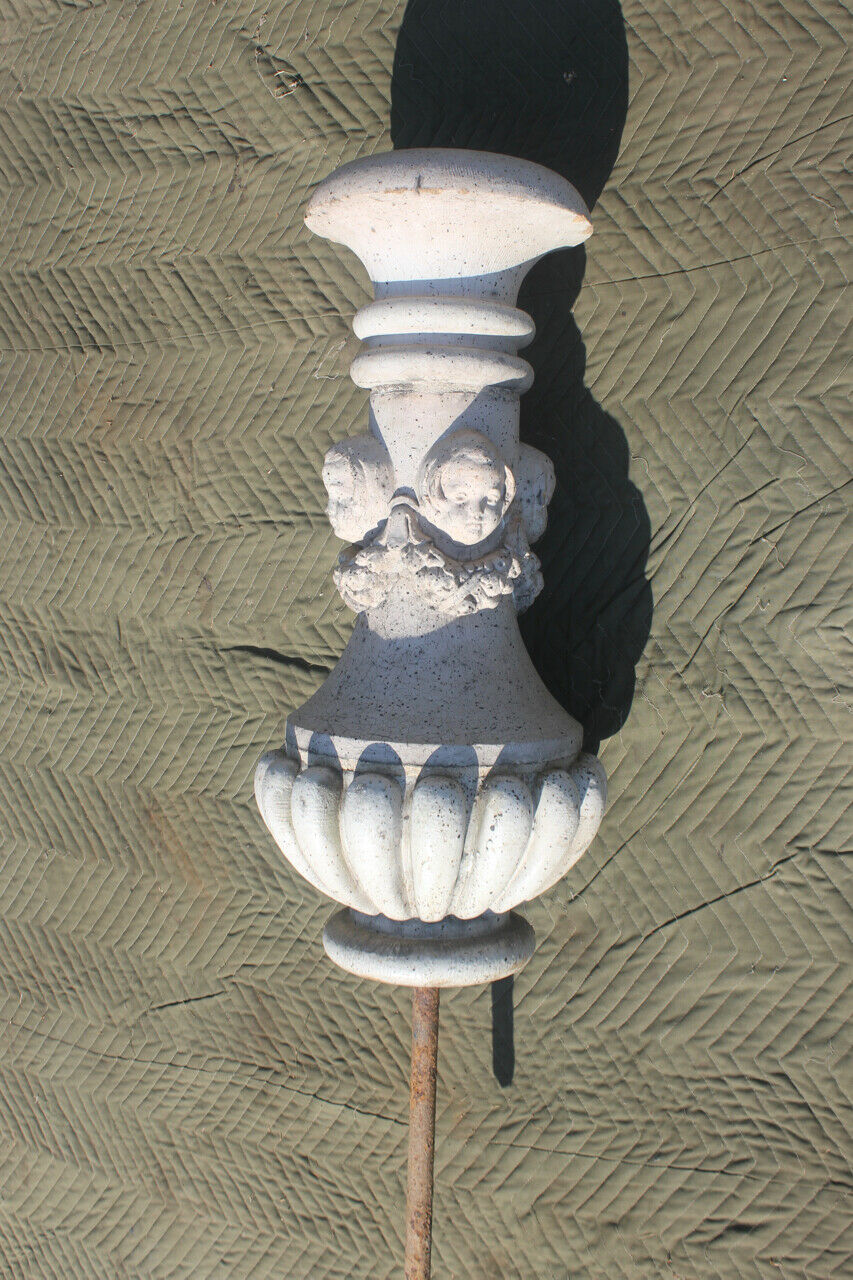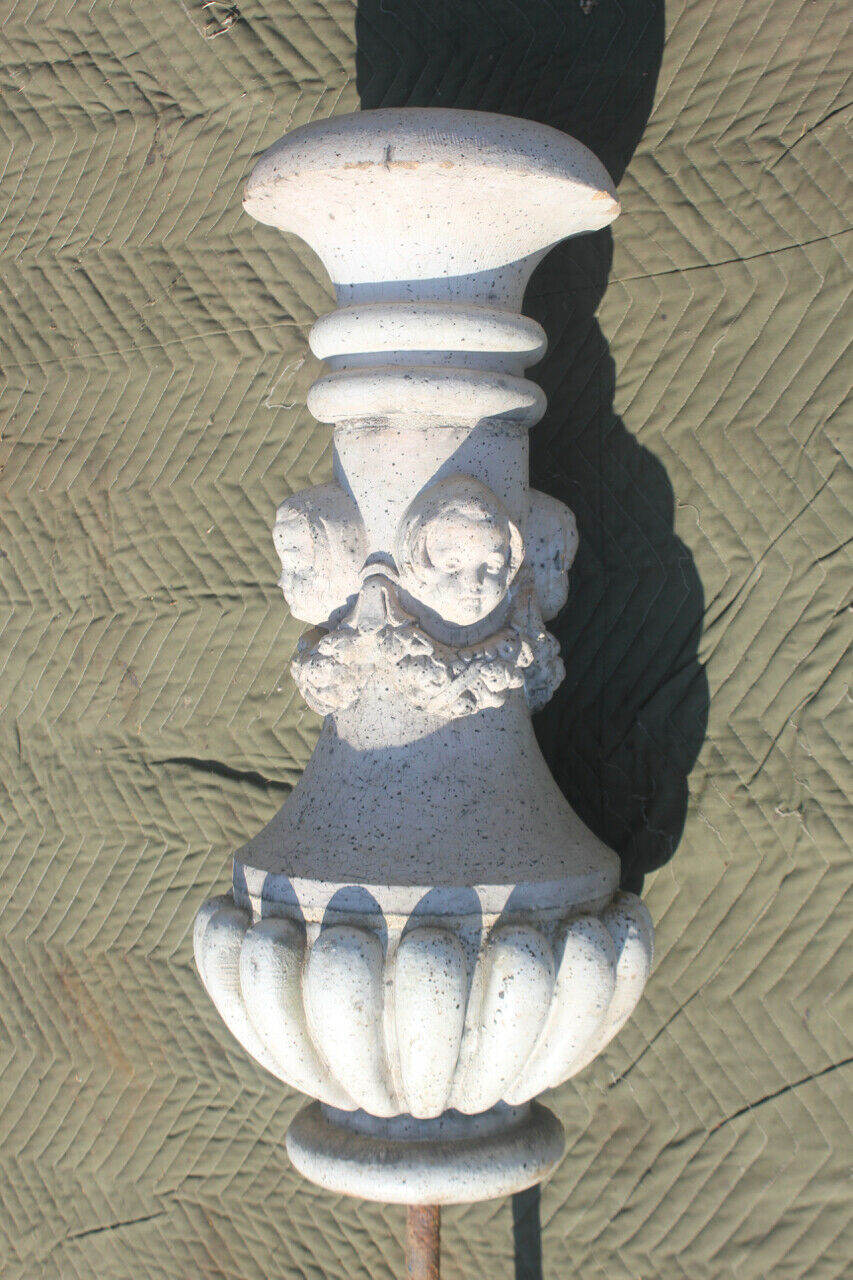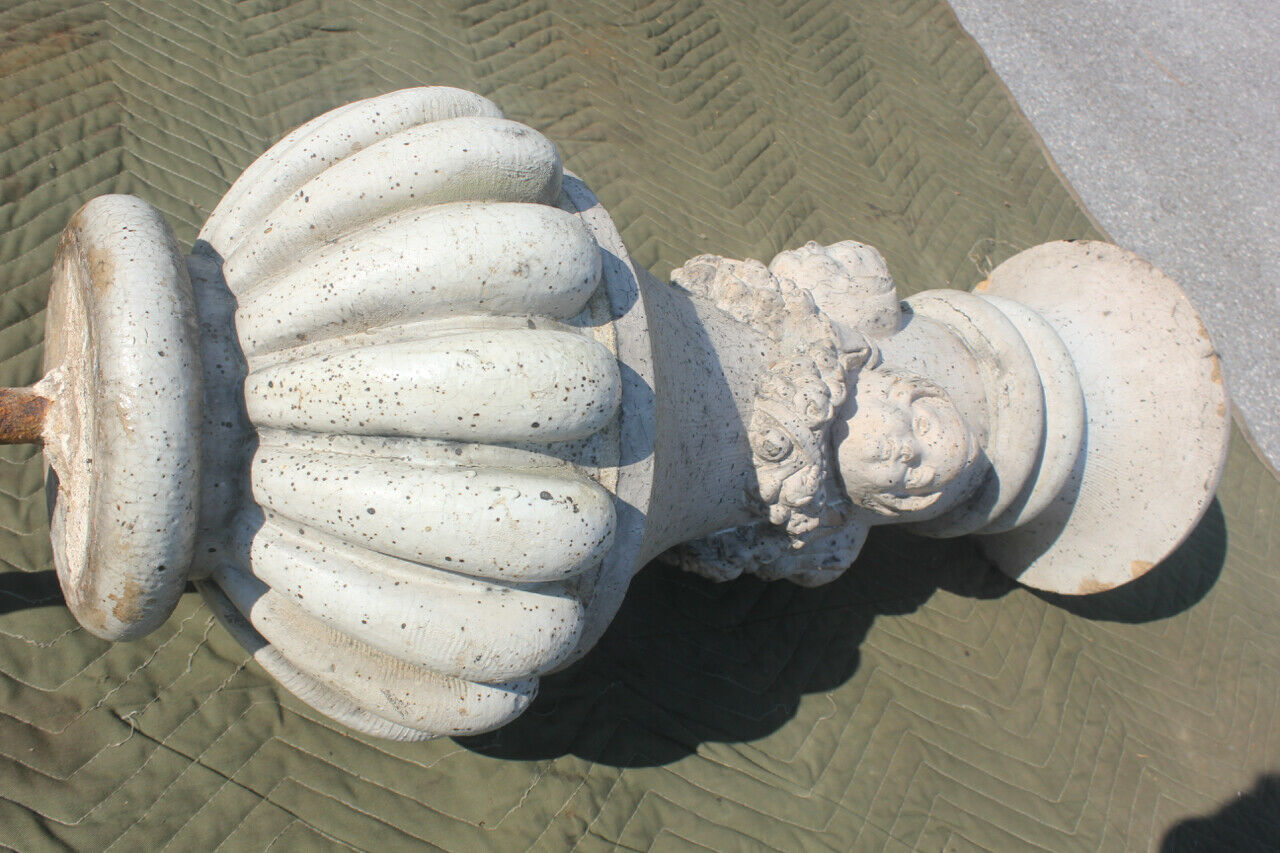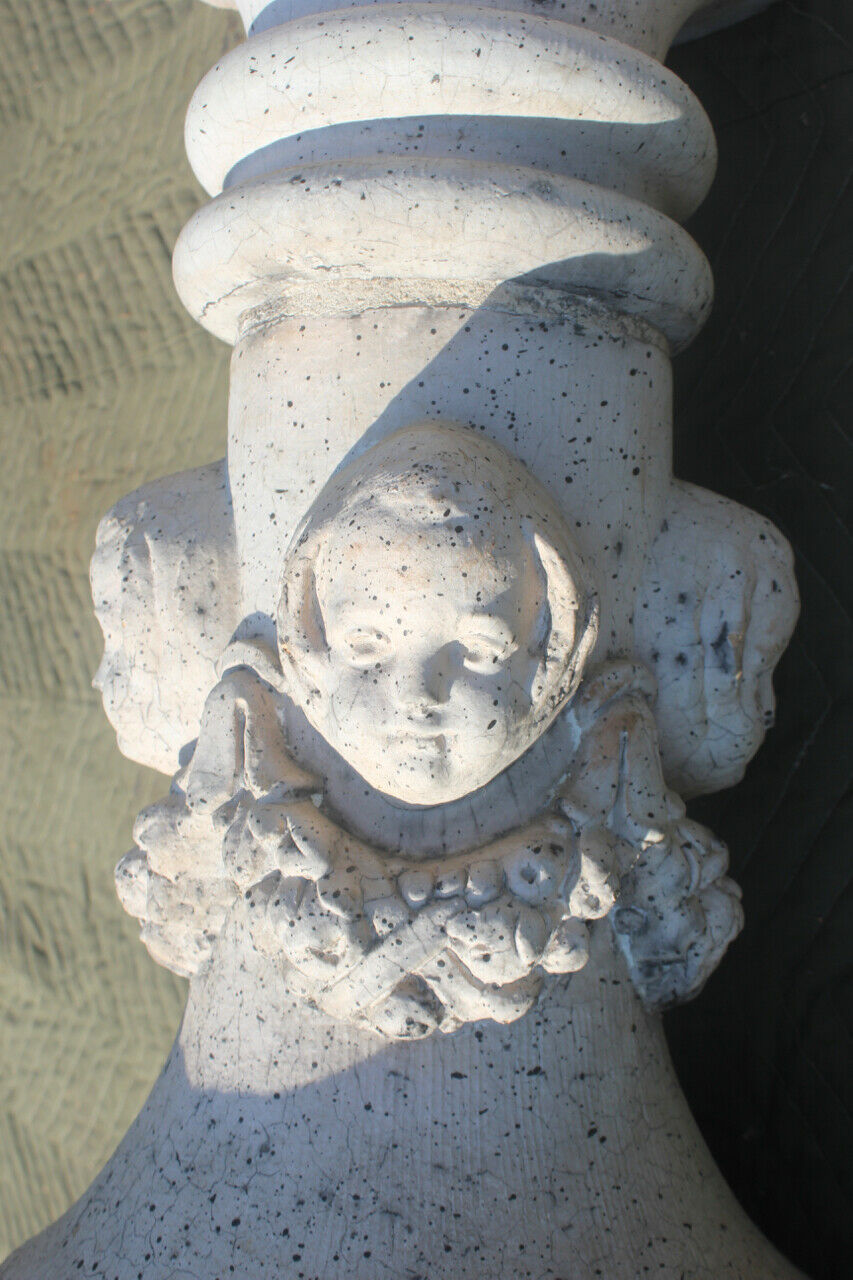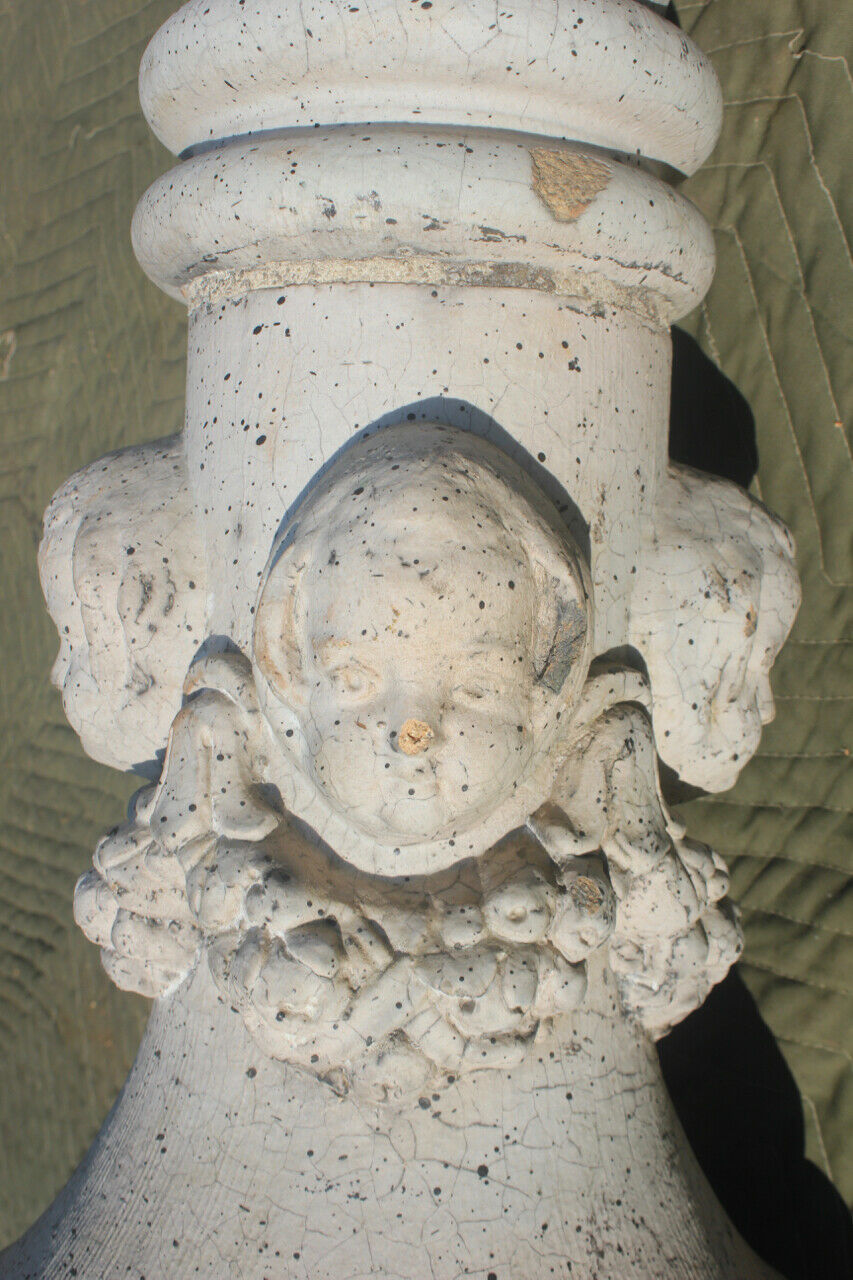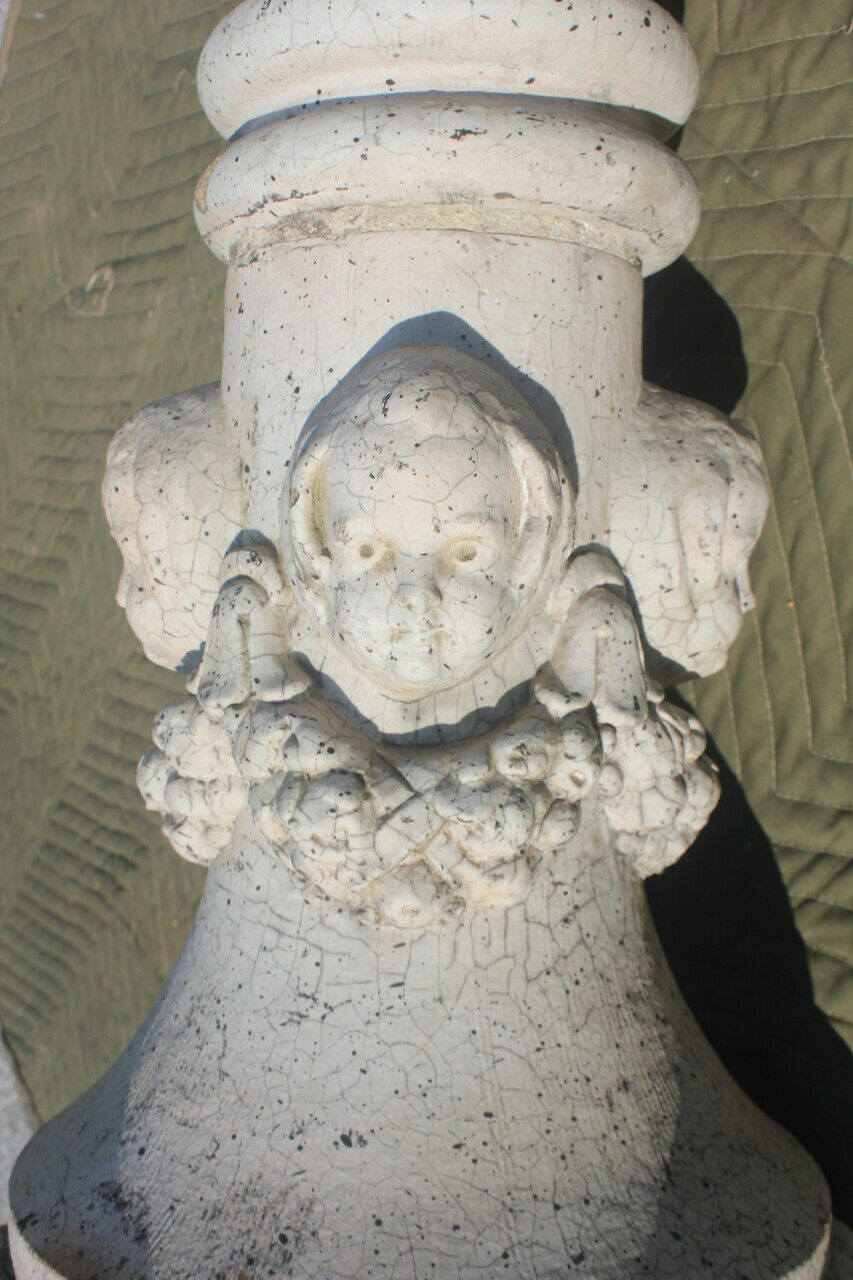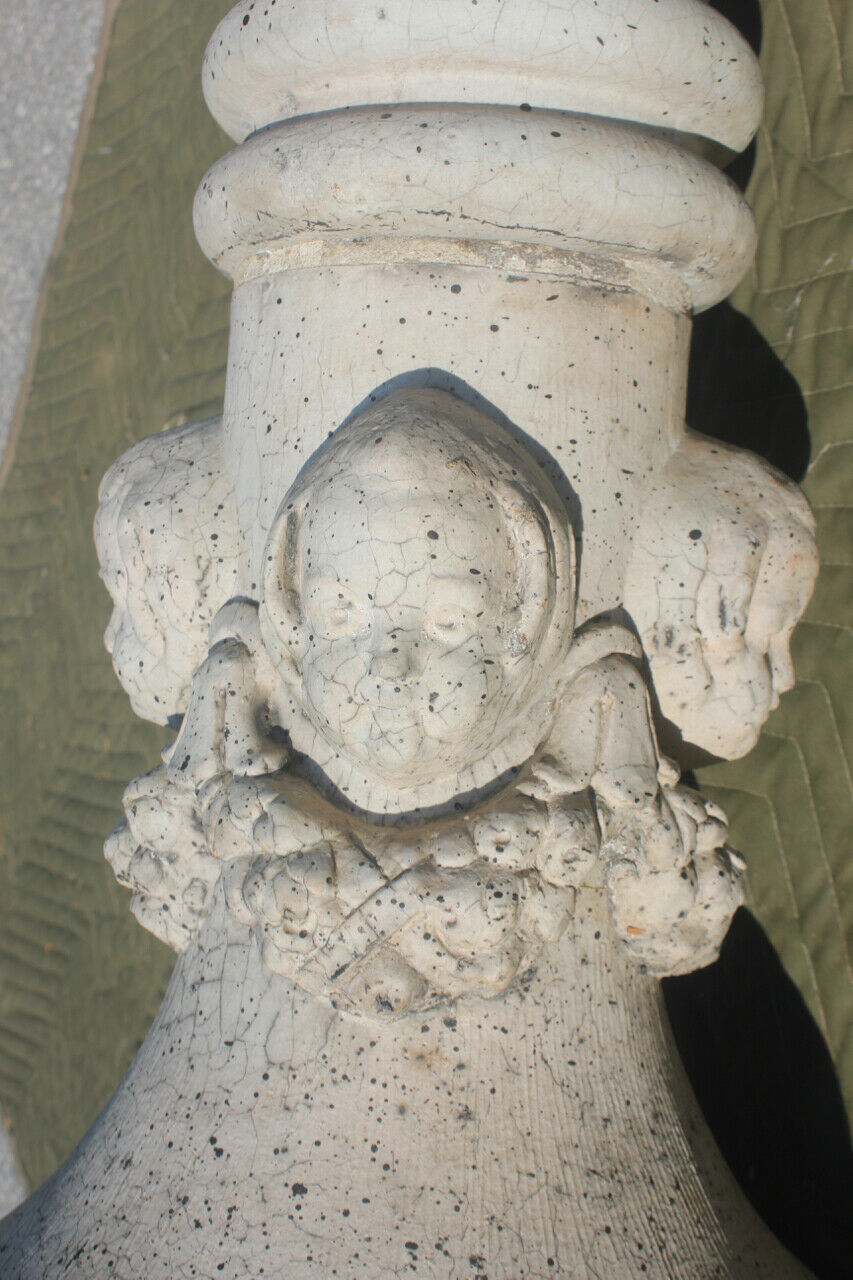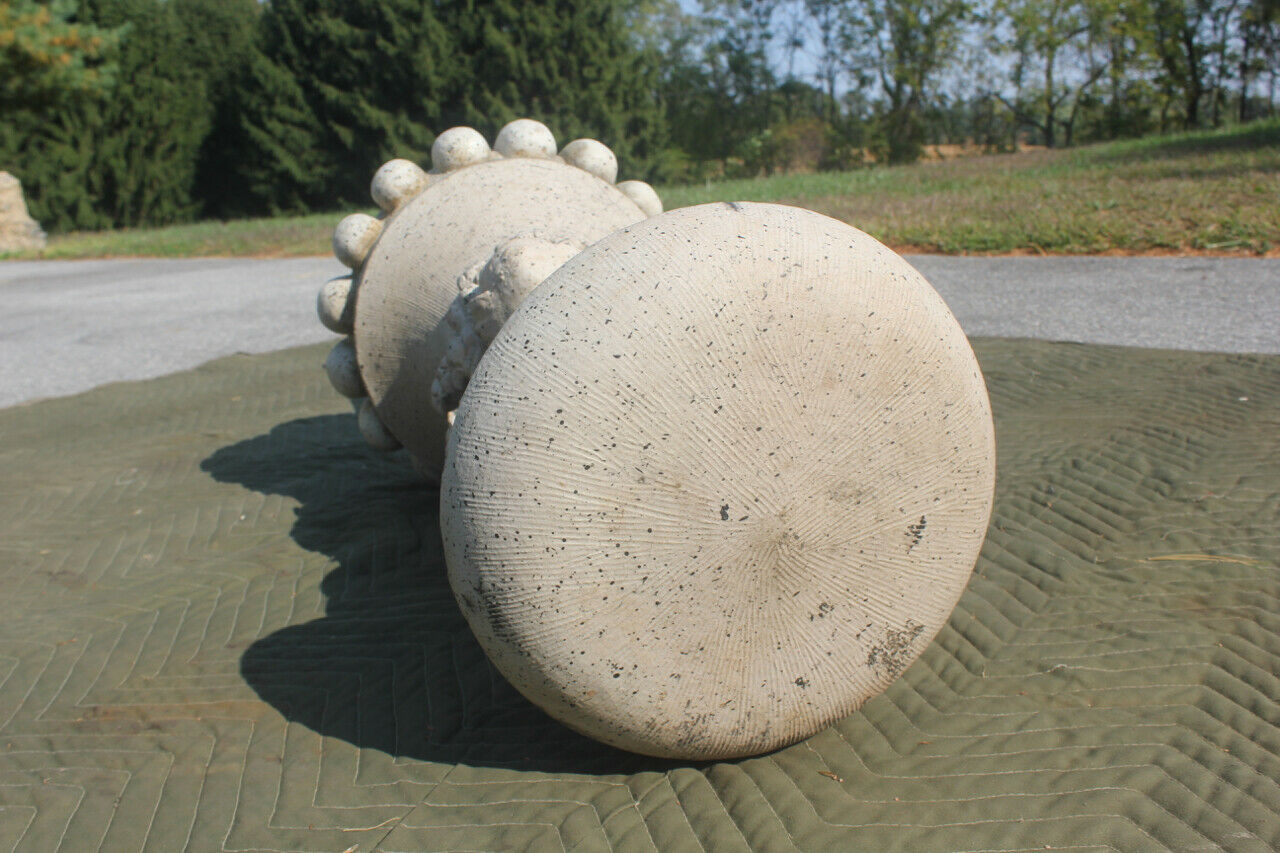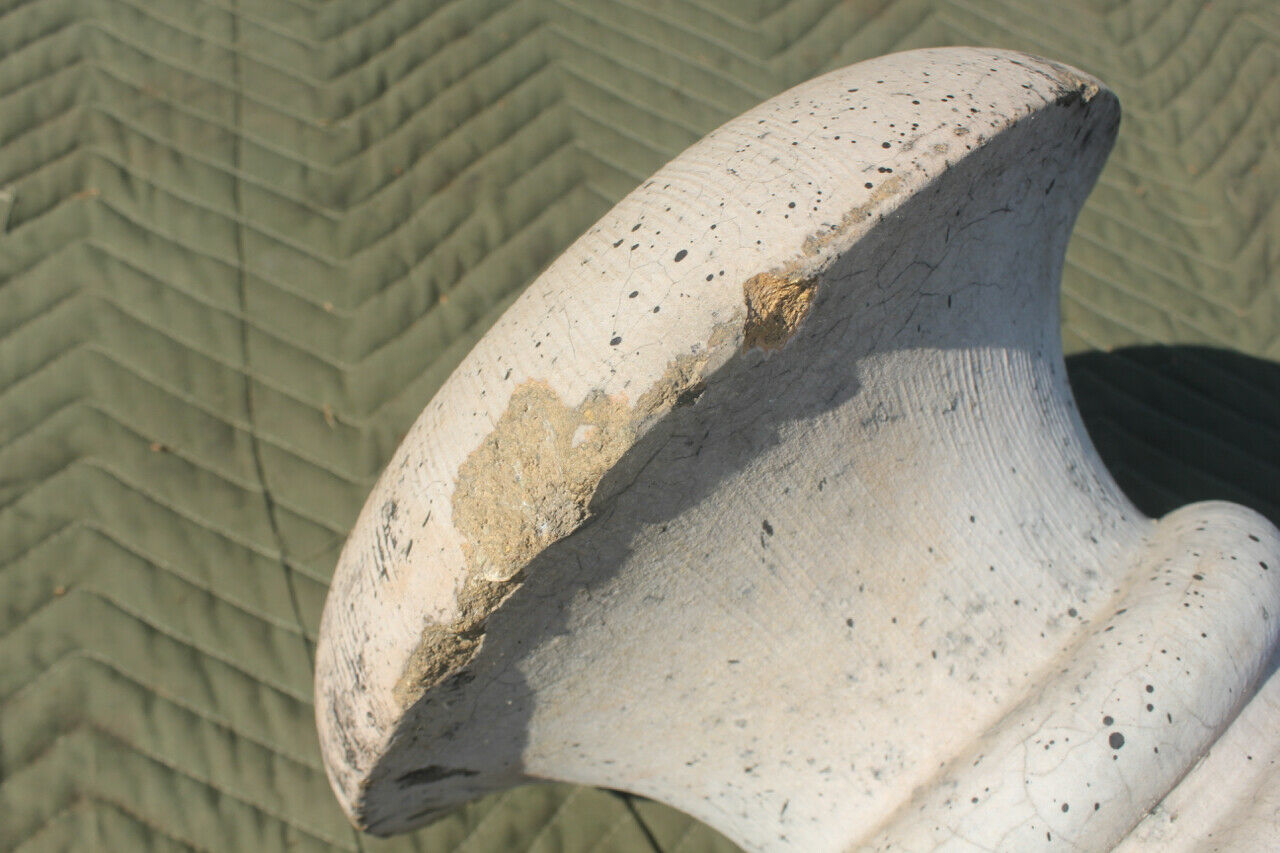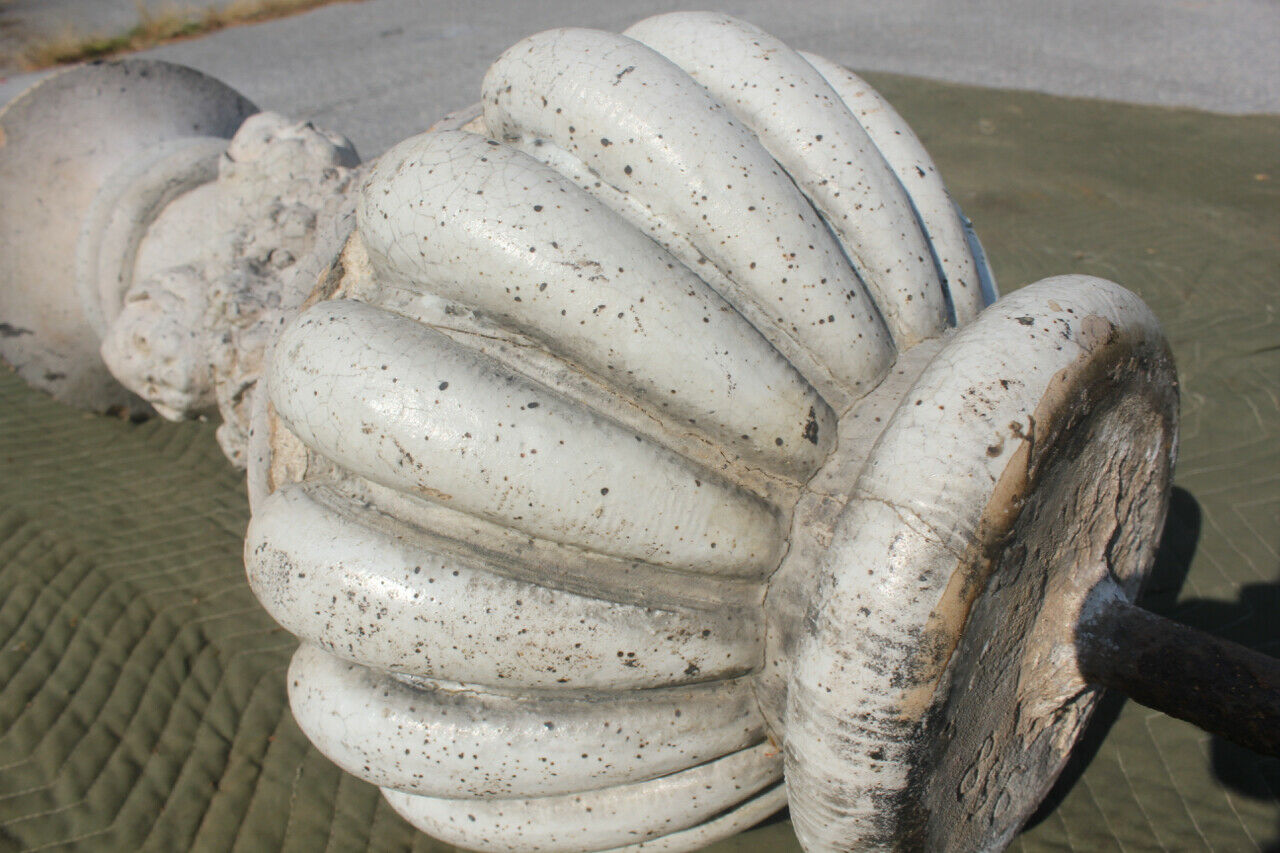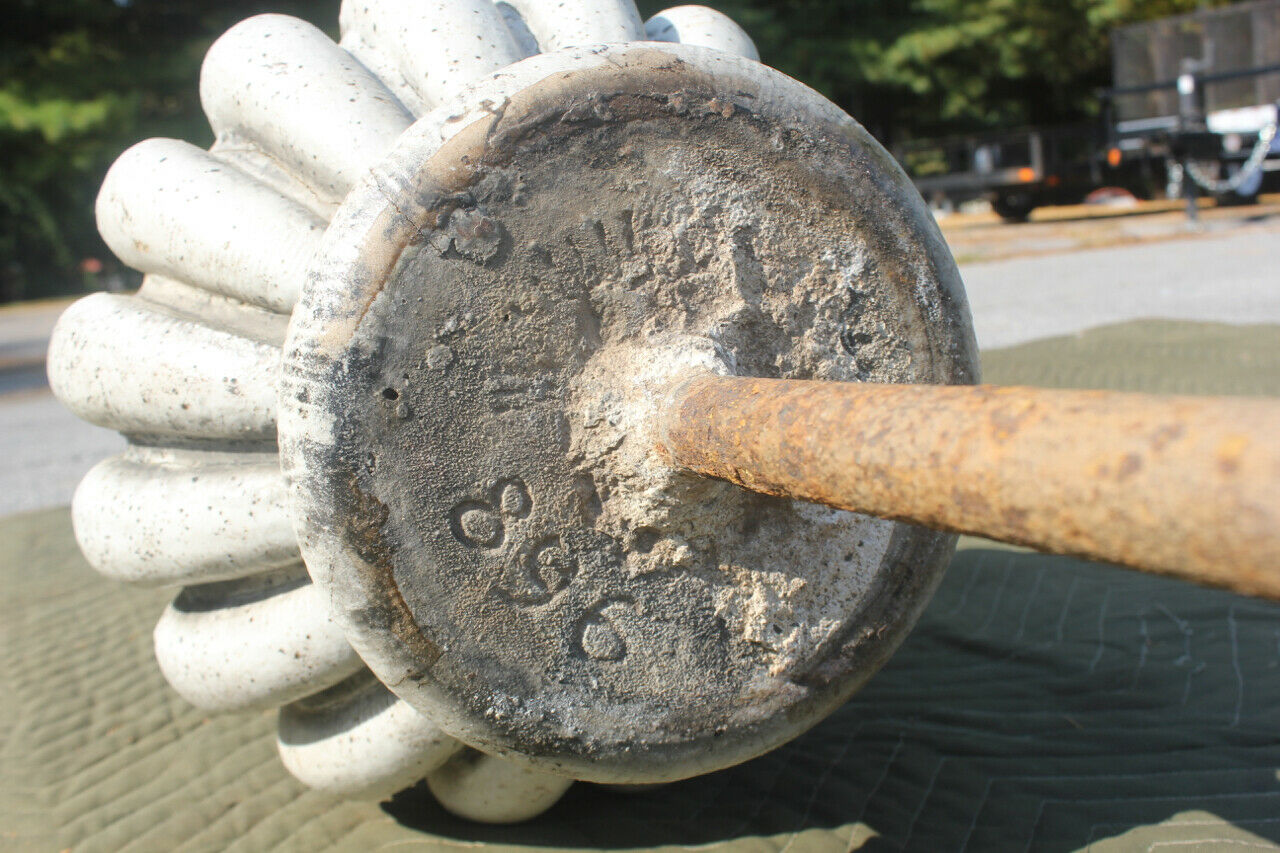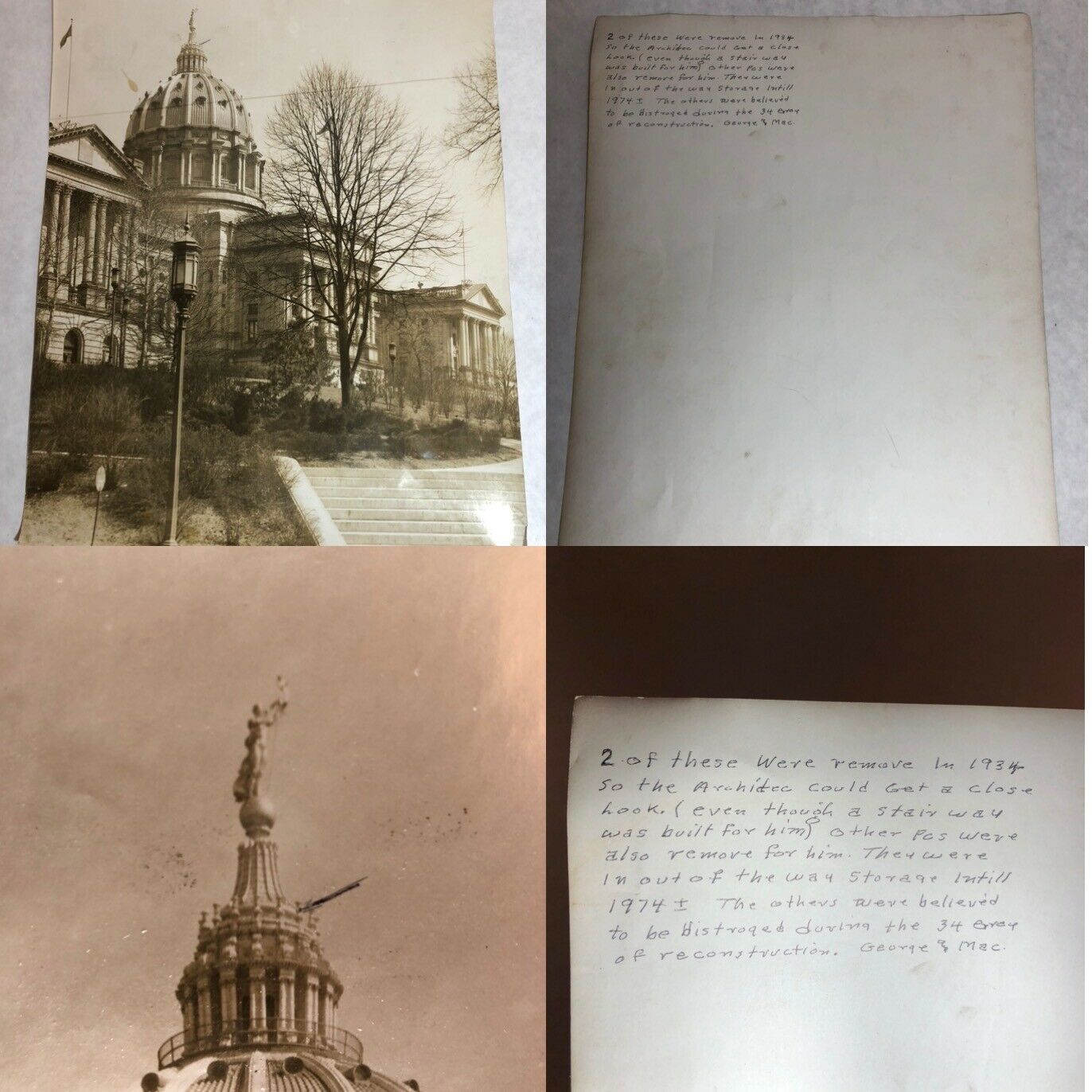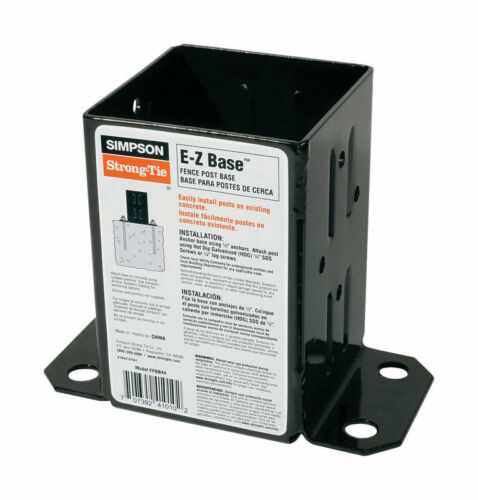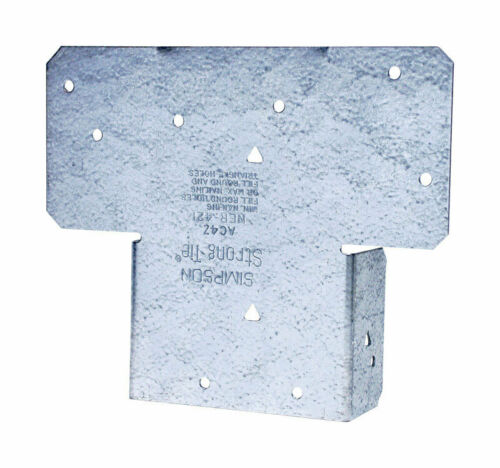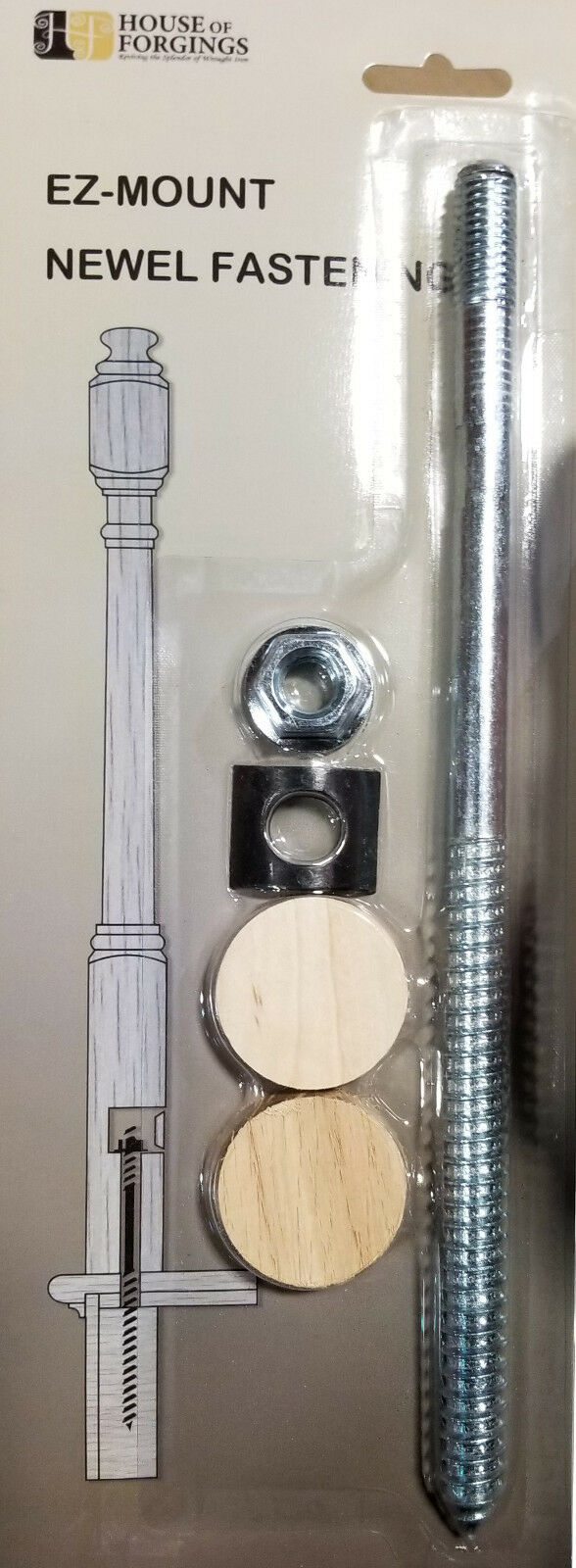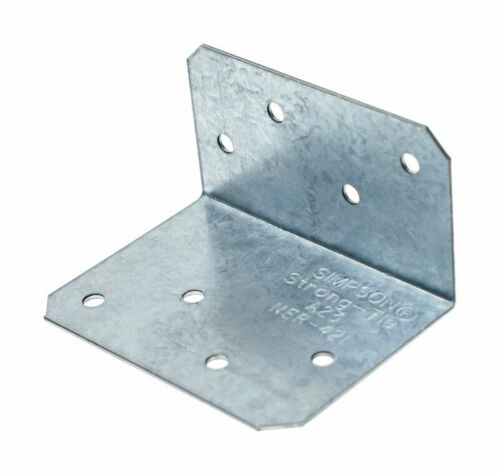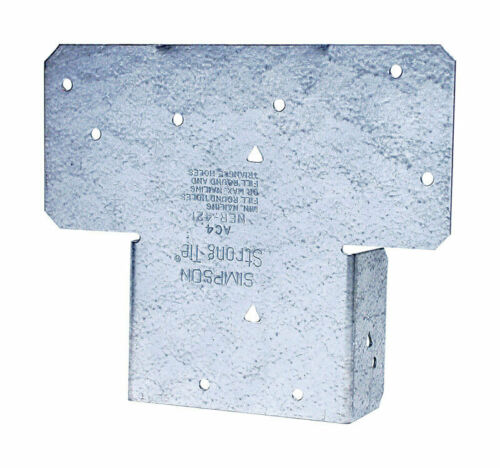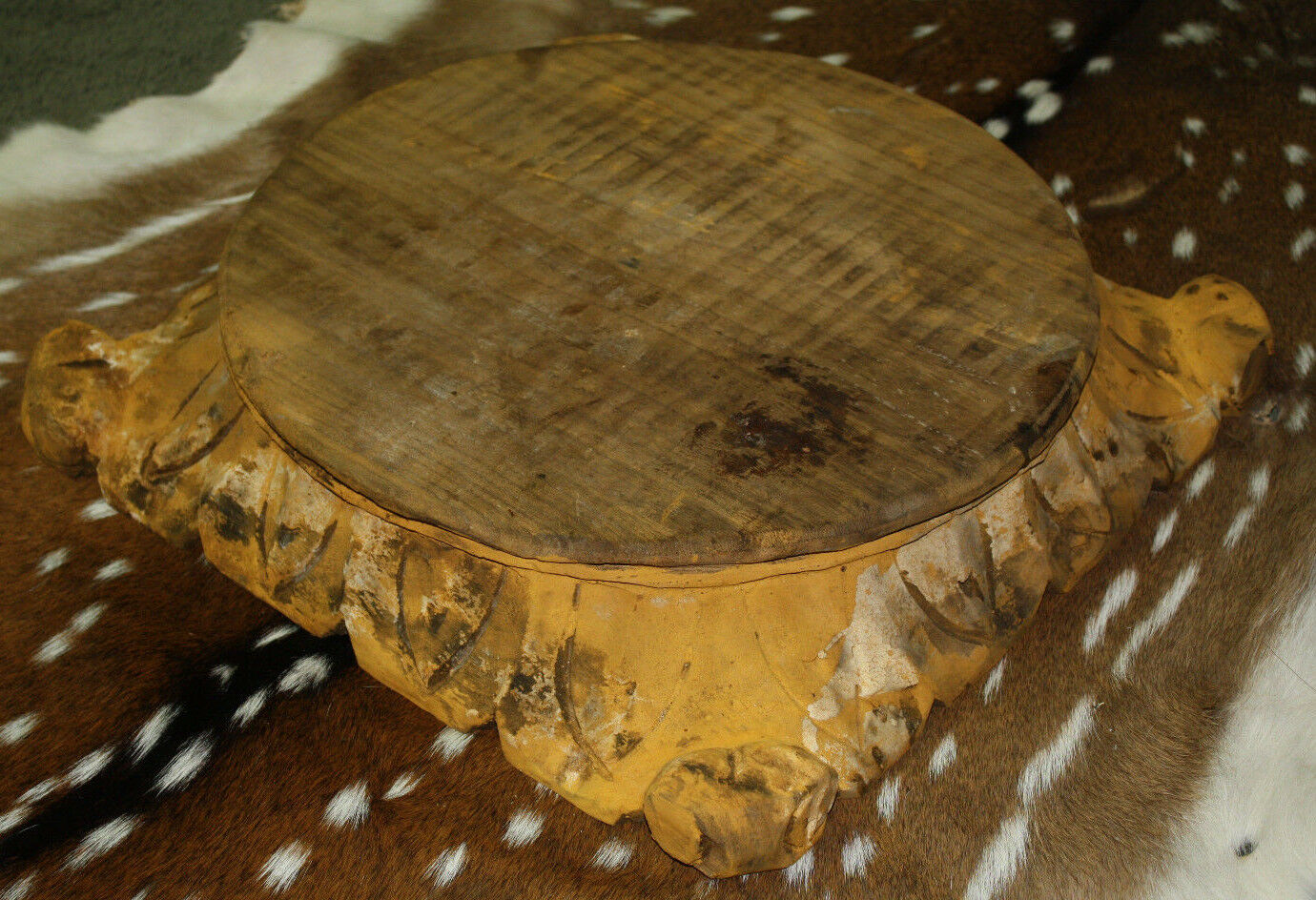-40%
Beaux-Arts Architectural Salvage Column State Capitol Building Harrisburg PA
$ 633.6
- Description
- Size Guide
Description
Local Pickup Only - No Returns or RefundsBeaux-Arts Architectural Salvage Column Pillar From Dome on State Capitol Building Harrisburg PA Removed 1934 Column is 4’ tall including the metal pole. The pole is 18” long and the column is 30” tall. 13” wide at base and 11” wide at top. Weighs 113 pounds. Some minor damage here and there see all photos for condition. An early photograph of the capital building is included with this note on the back and a pen line pointed to the pillar on the top of the dome: “2 of these were removed in 1934 so the architect could get a close look. (Even though a stairway was built for him). Other pieces were also removed for him they were in and out of the way storage until 1974. The others were believed to be destroyed during the 1934 era of reconstruction.” George and Mac About the Architect (from Wikipedia): Joseph Miller Huston (1866 – 1940) was an architect notable for designing the third and current Pennsylvania State Capitol in Harrisburg. Construction started in 1902 of his Beaux-Arts design. In 1895, Huston founded his own firm, and began designing buildings in Philadelphia, such as the Witherspoon Building, (1895). In 1898–99, Huston toured Europe and Asia, along with his older brother, Samuel, experiencing historic styles which greatly influenced his later designs. In 1901, at the age of 36, Joseph Huston won the design competition for the commission of the new Pennsylvania State Capitol over eight other competitors. His design was overwhelmingly heralded as a success. At its dedication on October 4, 1906, President Theodore Roosevelt described the building as, " ... the handsomest State Capitol I ever saw!" The total cost of the project was nearly triple what the legislature had appropriated, in part because of inflated costs for construction and furnishings due to the state's purchasing mechanism. Huston, and four other officials were convicted of graft in 1910 and sentenced to up to two years in prison for their parts in the overruns. Although he appealed, Huston lost his case and went to prison in 1911. Huston's home, known as Oaks Cloister (c.1904) is located in the Germantown section of Philadelphia and has been described as one of the finest residences in the city. The Huston family sold the property in 1955 and it fell into disrepair over time and ultimately was abandoned. This venerable landmark was saved from demolition in 2002 by Dr. Russell Harris and Mr. John Casavecchia, who spent the following decade restoring the mansion to its original glory.
Local Pickup Only - No Returns or Refunds
